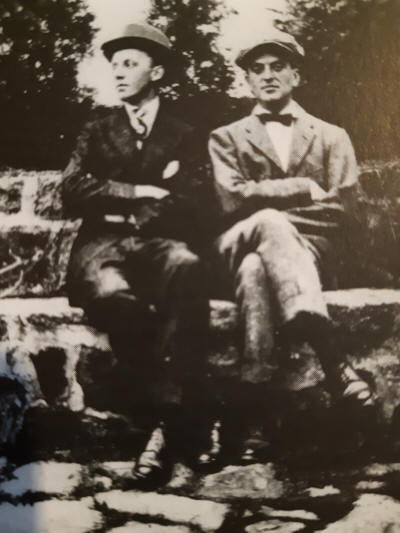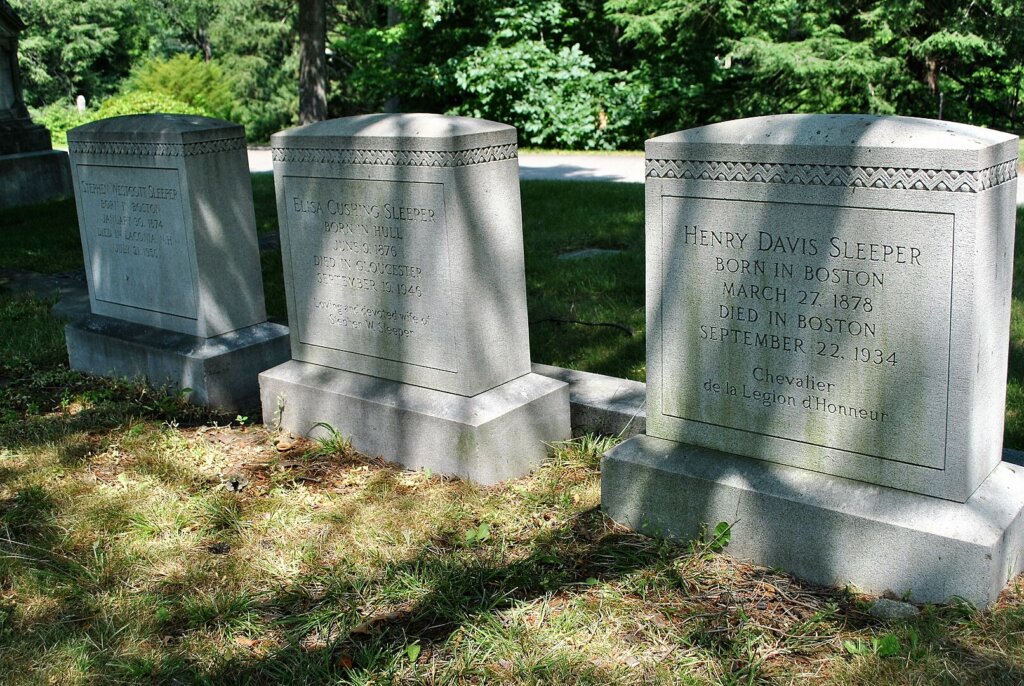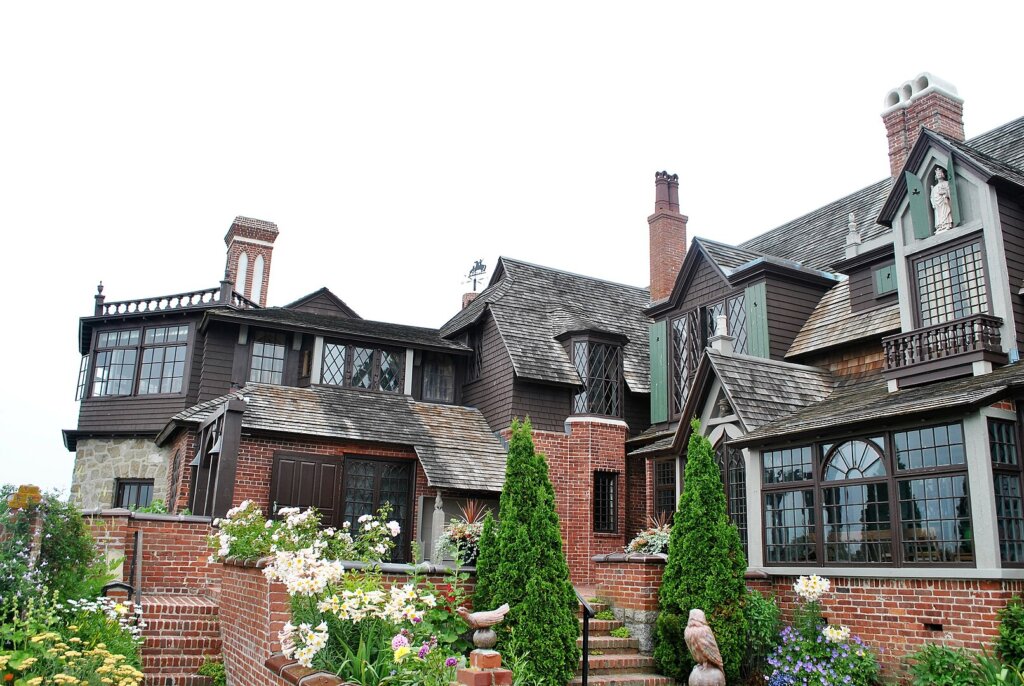
Henry Davis Sleeper (1878-1934)
Antiquarian & Interior Decorator
Born on March 27, 1878, in Boston, Henry Davis Sleeper was the youngest son of Major Jacob Henry Sleeper, a distinguished Civil War veteran, and Maria Westcott Sleeper. He had two elder brothers, Jacob and Stephen Westcott Sleeper. His grandfather, Jacob Sleeper, was a founder of Boston University and a notable clothier and real estate manager. Due to poor health in his childhood, Henry received his education from private tutors, with no clear evidence of formal schooling.
Sleeper was introduced to Eastern Point in Gloucester, Massachusetts, in 1906 by Harvard economist A. Piatt Andrew, who had built a summer mansion there called Red Roof. Captivated by the location, Sleeper purchased land nearby in 1907 that would later become the house museum known as Beauport.
Eastern Point was known for its bohemian artists and intellectuals, frequently visited by notable figures like art collector Isabella Stewart Gardner. The community was affectionately dubbed Dabsville, named after its core members, and provided a safe space for gay men and women to enter into relationships, free from judgement.
In the fall of 1907, Sleeper began constructing Beauport, an Arts and Crafts-style house. By May 1908, it was sufficiently completed to host A. Piatt Andrew, a lifelong companion of Sleeper's.

Over the years, Beauport was expanded multiple times, often in response to significant events or experiences in Sleeper's life. He incorporated elements from old buildings, such as 18th-century paneling, Gothic windows, and various fireplaces and doorways from Connecticut and Rhode Island.
Beauport became Sleeper's retreat and a backdrop for summer parties, as well as a showcase for his interior design business. Clients could select wallpapers, window treatments, or entire rooms to replicate in their homes.
Sleeper served as the Director of the Museum of the Society for the Preservation of New England Antiquities (now Historic New England) from 1911 to 1913. In 1918, he became the U.S. Representative and a major fundraiser for the American Field Service, an ambulance corps founded by A. Piatt Andrew during World War I. For his contributions, France awarded him the Croix de Guerre and the Legion of Honor.
After the war, Sleeper's interior design practice gained national recognition, with notable clients including his close friend, Isabella Stewart Gardner. He also designed for Hollywood stars Joan Crawford and Fredric March. In 1934, he was granted an Honorary Membership in the American Institute of Architects.
Sleeper passed away from leukemia at Massachusetts General Hospital on September 22, 1934, and was buried in his family's plot at Mount Auburn in lot 453 on Willow Avenue.

He never married and left no direct descendants. His memorial tribute was written by A. Piatt Andrew and published in the Gloucester Daily Times.
After Sleeper's death, Beauport was sold to Helena Woolworth McCann, who preserved the house as it was. Upon her death, it passed to her daughters and eventually to the care of Historic New England in 1942.

Beauport, Sleeper-McCann House, was declared a National Historic Landmark in 2003. In 2008, new information about Sleeper's life led to the acknowledgment of his homosexuality in Beauport's tour guides, providing a fuller context of his life and work.
